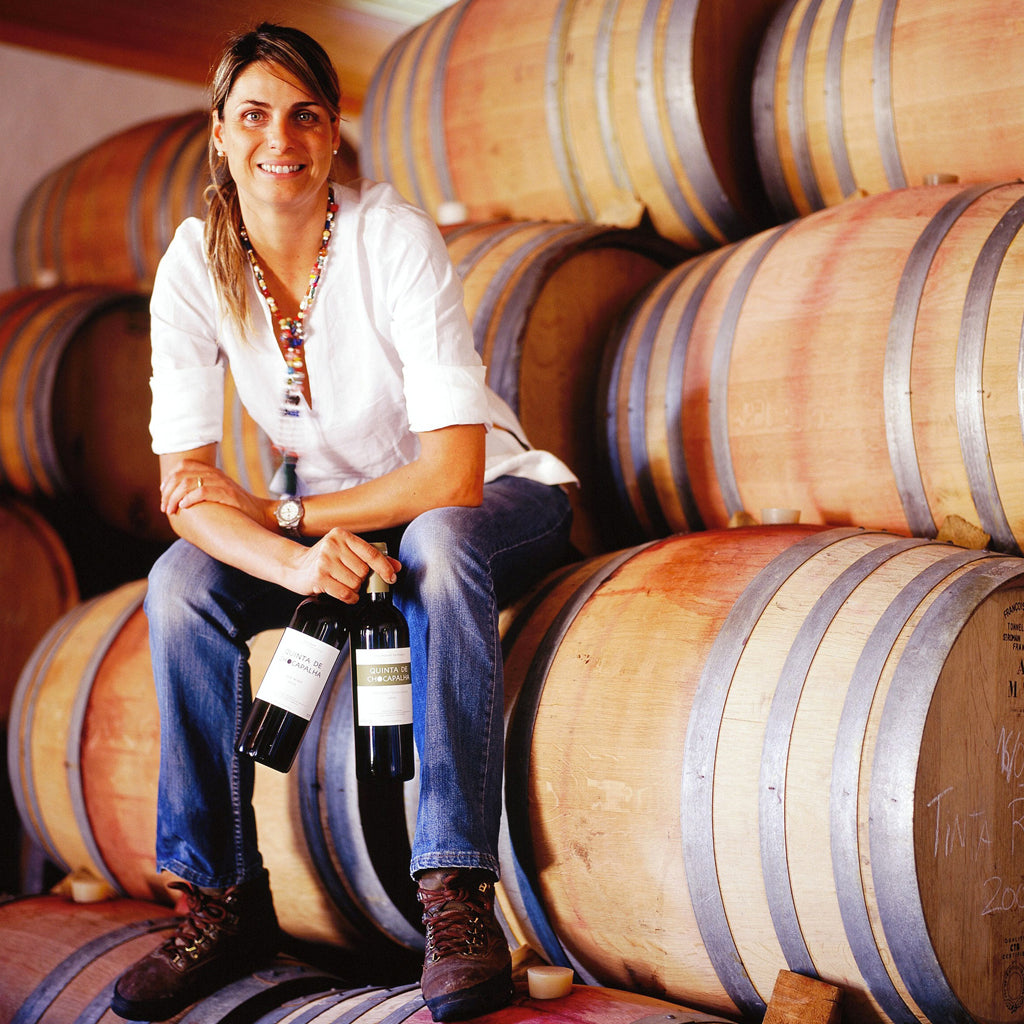Portugal | Lisboa

Formerly known as Estremadura, the Lisboa wine region lies to the west and north of Portugal's capital city Lisbon. There is a lot of wine made here, much of it by co-operatives, in a wide variety of styles and qualities. This region where the "vinho regional" Lisboa is predominant also has nine DOC.
Lisboa is a long, thin wine region running alongside the Atlantic ocean. Wind is inevitably a strong feature beside the coast and it is no wonder that these undulating hills bristle with windmills, and no wonder that coastal vines are wind-stressed and hard pressed to ripen their grapes. Just a little way inland, however, a backbone of hill and mountain ranges offers some protection to many eastern parts of the Lisboa region.
A number of the top wine estates of Lisboa are in or around the DOC region of Alenquer, tucked in to the east of the Serra de Montejunto, and therefore a little warmer, a little less windy and wet. Grapes can ripen well, and red wines especially can be top class.
The DOC Arruda likewise is protected behind hills, just to the south of Alenquer. These two DOCs, along with DOC Torres Vedras (to the cooler, windier east of Alenquer), relaxed their grape restrictions in 2002 to allow some new national and international grapes including Cabernet Sauvignon, Touriga Franca, Syrah, Sauvignon Blanc and Chardonnay.
Further south, between Arruda and the city of Lisbon, is the small but high-quality white wine region of Bucelas, with sheltering hills to the west and the wide, nearly land-locked estuary of the Tagus to the east. DOC Bucelas is a fresh, crisp, dry, mineral white, made with a minimum of 75 per cent Arinto, sometimes with Rabo de Ovelha and Sercial. There is also sparkling Bucelas.
A gap in the hills on a level with the Peniche Peninsula and the town of Óbidos means that the DOC Óbidos, region in the centre-east of VR Lisboa is windy and cool. These are ideal conditions for growing grapes for sparkling wines, and indeed some of Portugal’s best sparkling wines come from Óbidos. The DOC of Lourinhã, between the Óbidos wine region and the ocean, is cooler and windier still, and this DOC, whose grapes ripen with difficulty, is therefore restricted to brandies.
The largest DOC region within the VR Lisboa area, up in the north, on the western slopes and hills of the Candeiros and Aire mountains. This is scenic, limestone country, clothed with orchards and olive groves as well as vines. It is possible to make good, rich reds and modern whites, but some traditionally-made wines here are low in alcohol, high in acidity, known as DOC Encostas de Aire.
Very little wine is made nowadays in the DOC Colares and Carcavelos, two once-famous wine regions by the coast, out west from Lisbon. This is prime beach and residential country, where there are many more lucrative uses of land than growing grapes.
Carcavelos, just west of the capital, makes tiny quantities of fortified wine that is nearly always sweet, from red or white local grapes. Colares, neighbouring the great surfing beach of Guincho, makes high-acid, tannic wines from red Ramisco grapes, planted in sand dunes, and gently aromatic whites based on Malvasia.
For the Lisboa region as a whole, the main traditional white varieties are Arinto, Fernão Pires, Malvasia, Seara-Nova and Vital, and for reds Alicante Bouschet, Aragonez, Castelão, Tinta Miúda, Touriga Franca, Touriga Nacional and Trincadeira, but many other national and foreign grapes are now used for VR wines and certain DOC wines.
Our Producers
Explore Wines
From£23.00
From£23.00
From£15.00
From£29.50
From£15.50











